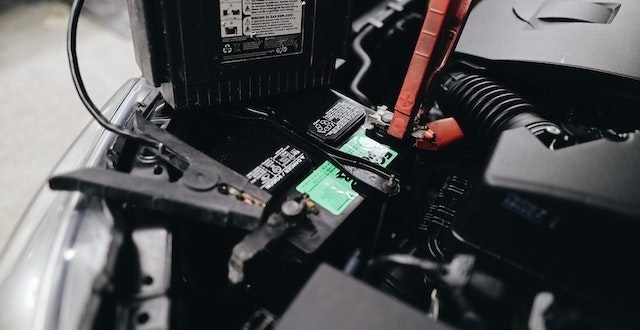Have you ever been in a situation where you try to start your car and it just won’t turn over? It’s a frustrating feeling, especially when you’re in a rush. But don’t worry! Jump starting a car is a simple process that anyone can do with a little know-how. In this post, we’ll take you through each step on how to jump start a car and give you some helpful tips to keep in mind for your safety.
How to Jump Start a Car Following Safety Precautions
Before we dive into the step-by-step process, it’s important to go over some safety precautions to keep in mind. Jump starting a car can be dangerous if not done correctly, so it’s important to take the following precautions:
- Make sure both cars are in park or neutral with the ignition off before starting.
- Don’t let the jumper cables touch any metal parts of the car or the engine.
- Double-check that the connections are secure before starting the car.
- Check the negative terminal of the working battery for any signs of corrosion or damage.
- Be sure to attach the black jumper cable to an unpainted metal surface on the dead car’s engine block.
- Keep the working car running while charging the dead battery to avoid draining the working car’s battery.
- If the car doesn’t start after a few attempts, it may be necessary to have the battery checked or replaced.
Now that we’ve gone over the safety precautions, let’s jump into the step-by-step process of jump starting a car.
How to Jump Start a Car: Step-by-Step Process
Step 1: Connect the Red Jumper Cable to the Positive (+) Terminal of the Dead Battery
The first step is to connect the red jumper cable to the positive (+) terminal of the dead battery. You’ll want to make sure that both cars are in park or neutral with the ignition off before starting. Once you’ve done that, connect the red jumper cable to the positive (+) terminal of the dead battery. Be sure that the cable isn’t touching any metal parts of the car or engine.
Step 2: Connect the Other End of the Red Jumper Cable to the Positive (+) Terminal of the Working Battery
Next, connect the other end of the red jumper cable to the positive (+) terminal of the working battery. Again, make sure that the cable isn’t touching any metal parts of the car or engine. Double-check that the connections are secure before proceeding to the next step.
Step 3: Connect the Black Jumper Cable to the Negative (-) Terminal of the Working Battery
Now it’s time to connect the black jumper cable to the negative (-) terminal of the working battery. Before doing so, check the negative terminal of the working battery for any signs of corrosion or damage. Then, attach the black jumper cable to the negative (-) terminal only, and not to any other metal parts of the car.
Step 4: Connect the Other End of the Black Jumper Cable to an Unpainted Metal Surface on the Dead Car’s Engine Block
After connecting the black jumper cable to the negative (-) terminal of the working battery, it’s time to connect the other end of the cable to an unpainted metal surface on the dead car’s engine block. Look for a suitable surface on the engine block of the dead car, such as a bolt or bracket, that isn’t close to the battery, alternator, or any moving parts. Avoid touching any metal parts of the car with the black jumper cable while making this connection.
Step 5: Start the Working Car and Let It Run for a Few Minutes
Now it’s time to start the working car and let it run for a few minutes. This will allow the battery to charge the dead battery. If you have a voltmeter, you can use it to check the voltage on the dead battery. The voltage should increase as the battery charges. If you don’t have a voltmeter, you can simply let the car run for about five minutes to give the dead battery a chance to charge.
Step 6: Start the Dead Car
Once the dead battery has had a chance to charge, it’s time to try starting the dead car. Turn the key in the ignition and see if the engine turns over. If it doesn’t start, you may need to let it charge for a few more minutes before trying again.
Step 7: Disconnect the Jumper Cables
After the dead car has started, it’s important to disconnect the jumper cables in the right order. First, disconnect the black jumper cable from the unpainted metal surface on the dead car’s engine block. Then, disconnect the black jumper cable from the negative (-) terminal of the working battery. Next, disconnect the red jumper cable from the positive (+) terminal of the working battery. Finally, disconnect the red jumper cable from the positive (+) terminal of the dead battery.
Step 8: Let the Dead Car Run
Once the dead car has started, let it run for a few minutes to allow the battery to fully charge. You can also take the car for a short drive to ensure that the battery is fully charged.
Conclusion
Jump starting a car can seem intimidating, but it’s a simple process that anyone can do with a little know-how. Remember to keep the safety precautions in mind and follow each step carefully to avoid any accidents. If the car doesn’t start after a few attempts, it may be necessary to have the battery checked or replaced. With these tips in mind, you’ll be able to get back on the road in no time!

